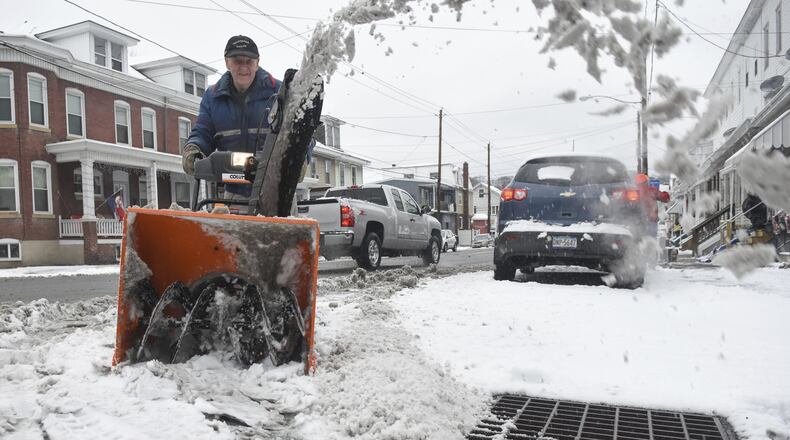While we often lovingly joked with her about her weather concerns, as so often is the case, mom was right in being so proactive when preparing for winter. Elder’s are also encouraged to take my mom’s advice to get ready because “winter is coming” (Martin).
Colder temperatures, along with slippery and snowy streets can have negative consequences for inadequately equipped elders. Researchers from McGill University in Montreal, Quebec, Canada, concluded that, when there was a freezing rain advisory, there was an overall 20 percent increase in falls among people ages 75 with many of these falls suffered by older men.
Since there is a strong correlation between falls and icy weather, it is strongly suggested that elders be mindful of reports and alter plans based on weather warnings. It is worth repeating that fall-related injuries are the leading cause of injury death or decreased independence in older adults (Centers for Disease Control and Prevention, 2016).
Cold winter temperature may put many elders, particularly those with certain health conditions such as diabetes, thyroid disease, Parkinson’s disease and arthritis, along with taking certain medications at increased risk for hypothermia. Hypothermia is a very serious condition when one’s body temperature drops to a dangerous level. Being outside in the cold for extended periods, or even when in a very cold house can lead to hypothermia.
To help minimize the risk for hypothermia, those at the National Institute on Aging recommend setting the home heat at 68 degrees, or higher, limiting outside exposure on cold days, dressing warmly including keeping heads covered when outdoors, and staying dry. Signs of hypothermia may include altered behavior, skin that appears pale or ashy, sleepiness, and shallow breathing. If suspected, call 911 immediately.
For many, keeping warm at home during winter months can be costly and as a result may opt for some very worrisome substitutes. The healthy aging website notes that unless questionable alternatives such as fireplaces, wood and gas appliances are properly vented, cleaned and used, they can leak dangerous amounts of carbon monoxide-an invisible deadly gas. These and other appliances including space heaters can also be fire hazards. Best to check with the local fire department to review if there is safe usage.
Smoke and carbon monoxide alarms should be a must in all homes. Should there be challenges in paying utility bills see the links below for more information on home energy assistance programs.
A few other recommendations to help remain safe in winter include keeping walkways clear (if you cannot do this, reach out to a neighbor or contact a local senior center for snow removal assistance), heeding weather reports, wearing boots with non-skid soles, winterizing a car and fill the trunk with basic emergency supplies, and keep a external cell phone charger nearby.
As well, purchase extra food including non-perishables and have neighbors, family or friends routinely check-in either by phone or visit. Stay safe.
MORE RESOURCES
Ohio Energy Assistance Plans
- https://development.ohio.gov/is/is_heap.htm
- 800-282-0880
Meals on Wheels program –Montgomery County
- http://www.mowmc.org/
- 937 228-3663
Area Agency on Aging- resource for services for elders
- http://www.com.ohio.gov/FIRE/ 888-252-080388520803
- 937 223-4357
- Great resource for questions on fire safety, smoke and carbon monoxide alarms
About the Author
